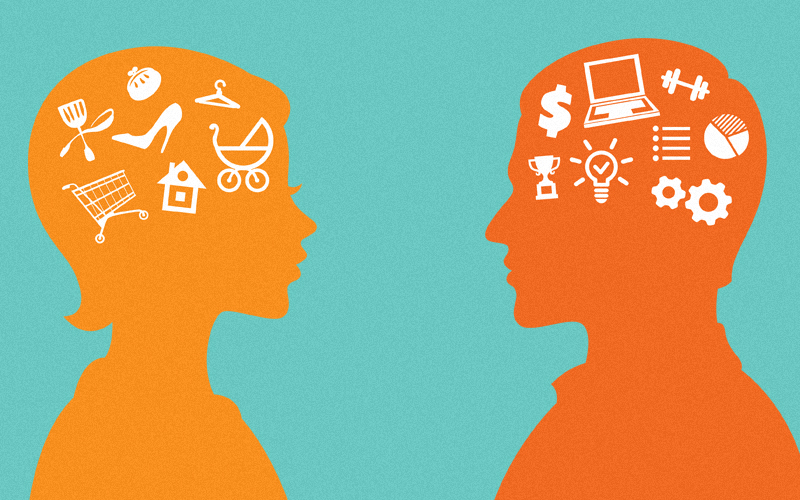
Does Unconscious Bias Training Really Work?
December 12, 2019What are unconscious biases?
Most of us have unconscious biases. They may be discovered sterotypes that are automated, unintentional, deeply engrained in your beliefs, universal, and also have the capability to affect our behavior. For example , if you are stuck in an automobile park with a set tyre, it’s likely that you’d be probably to approach a guy, rather than female, if you needed assistance in changing it.
While these unconscious biases may appear innocent, problems can occur when unconscious biases make their way into workplaces.
Gender, cultural and cultural variety, particularly within professional teams, continues being correlated to financial performance across multiple countries worldwide. “However, when unconscious biases are allowed in to the workplace, variety suffers.
Recruitment attempts can be undermined by unconscious biases that individuals hold, like a belief that international employees won’t have a sufficient understanding of British to have the ability to get the job done, or that only men are suitable for the role. Neither of the things is true, if the person responsible for recruiting retains these unconscious biases then without even realising it themselves, they’ll disregard anyone who matches into those groupings. For more information, visit, Unconcious Bias Training.
Types of unconscious biases
There are various varieties of unconscious biases – and, without realising it, you’re probably guilty of these already. Below are a few of the primary biases that make difference workplaces:
- Affinity bias – the propensity to ‘warm up’ to individuals who are like yourself
- Halo impact – the propensity to believe that everything in regards to a person is good due to the fact you prefer them
- Notion bias – the propensity to believe something in regards to a group of individuals predicated on stereotypes and assumptions, which makes it impossible to be objective about individuals
- Verification bias – the propensity to seek to verify your pre-existing ideas and assumptions in regards to a group
- Group think – the propensity to try too much to match into a preexisting culture, mimicking others and keeping back again thoughts or views, resulting in the increased loss of identification and lost creativeness and innovation
Bias can be regarded as a malleable and quickly-adapting entity. It’s important to foresee situations which will probably lead to bias or have resulted in discrimination before, and create systems to get rid of or lessen the probability of these manners from taking place. Research signifies that teamwork make a difference bias. When allocating duties at the job, work groups can be a highly effective way to lessen prejudice.
Another facet of unconscious biases training will include the standardization of company guidelines, protocol, and methods. Managers should be uniformly trained and the work selection process should concentrate on objective and quantifiable steps. An assessment of guidelines and methods can identify biased guidelines and changes should happen.
Finally, when unconscious biases training are applied, it is vital to have steps in spot to evaluate incremental changes and improvement. How do you want to then learn if the training was successful if you don’t know very well what point you began at? Data should be gathered at several phases of working out treatment, which can ensure the potency of the training.

